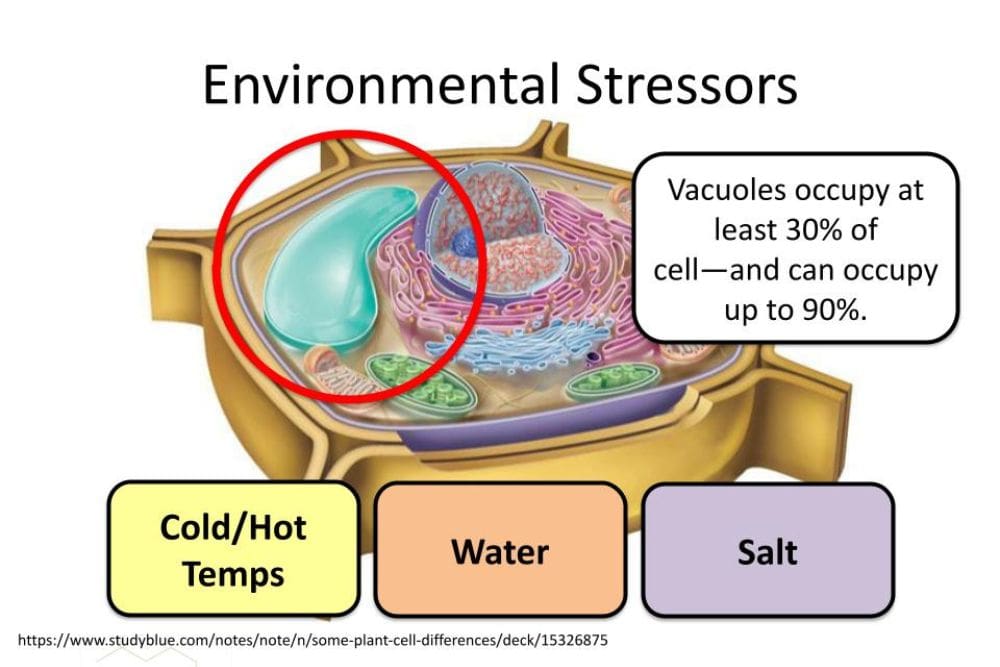
To understand the place of amino acids in golf course programs, we must first understand the threat of abiotic stress to turfgrass. Amino acids help turfgrass tolerate abiotic stress, but why is that so valuable?
Abiotic stress comes from non-living environmental factors. These factors include rainfall, soil salt levels, temperature, UV radiation, and mowing height. Biotic stress, on the other hand, comes from living elements such as fungi and insects.
Both drought and excessive rainfall are sources of abiotic stress. Too much water can “drown” turfgrass roots, decreasing their ability to take up nutrients for the plant. Excessive rainfall can also make turfgrass more susceptible to biotic stresses such as disease pressure and insect activity. Likewise, drought makes the plant more susceptible to biotic stress. Drought-tolerant weeds may then outcompete the turf stand for resources and space.
High salt levels in the soil can also be a source of abiotic stress to the plant. Salt stress often takes the form of “tip burn,” when the tip of the grass blade loses its green color. But excess salt isn’t always that easy to spot. It can also appear as more subtle symptoms, such as a plant that seems drought-stressed in normal water conditions. The composition and drainage of the soil, along with the inputs we add, all contribute to the salt content.
Extreme temperatures are another abiotic stressor to turfgrass. Both cold and hot conditions put a strain on the plant. An unseasonal frost, for example, slows nutrient uptake and growth. Likewise, heat stress forces the plant to conserve resources by slowing its growth and sometimes even going dormant.
Another source of abiotic stress is UV radiation. As the ozone layer has thinned over the past 50 years, plants have endured increasing stress from UV radiation. The symptoms of this stress include reduced photosynthesis and growth.
Traffic and mowing height are two final abiotic stressors on the golf course. Both foot traffic and cart traffic cause stress to turf, especially in busy areas. Likewise, the short mowing height expected on greens and tees is stressful to the plant. These stressors often compound with other abiotic factors to weaken a turf grass stand.
Now that we’ve discussed common abiotic stressors, it’s important to also distinguish between acute and chronic stress. Chronic stress is long-term, like the annual struggles of low-quality soil throughout the course. Acute stress is short-term, the kind we can manage with amino acids.
As noted above, abiotic stress can make the plant more vulnerable to biotic stress. When this happens acutely, we consider it the first step toward a “spiral of decline” for the plant. But that’s where amino acids come in. Amino acids help the turfgrass out of the spiral before biotic stress comes into play.
Stay tuned for the next blog post in the “Understanding Amino Acids” series, which will describe what amino acids do in more detail.



